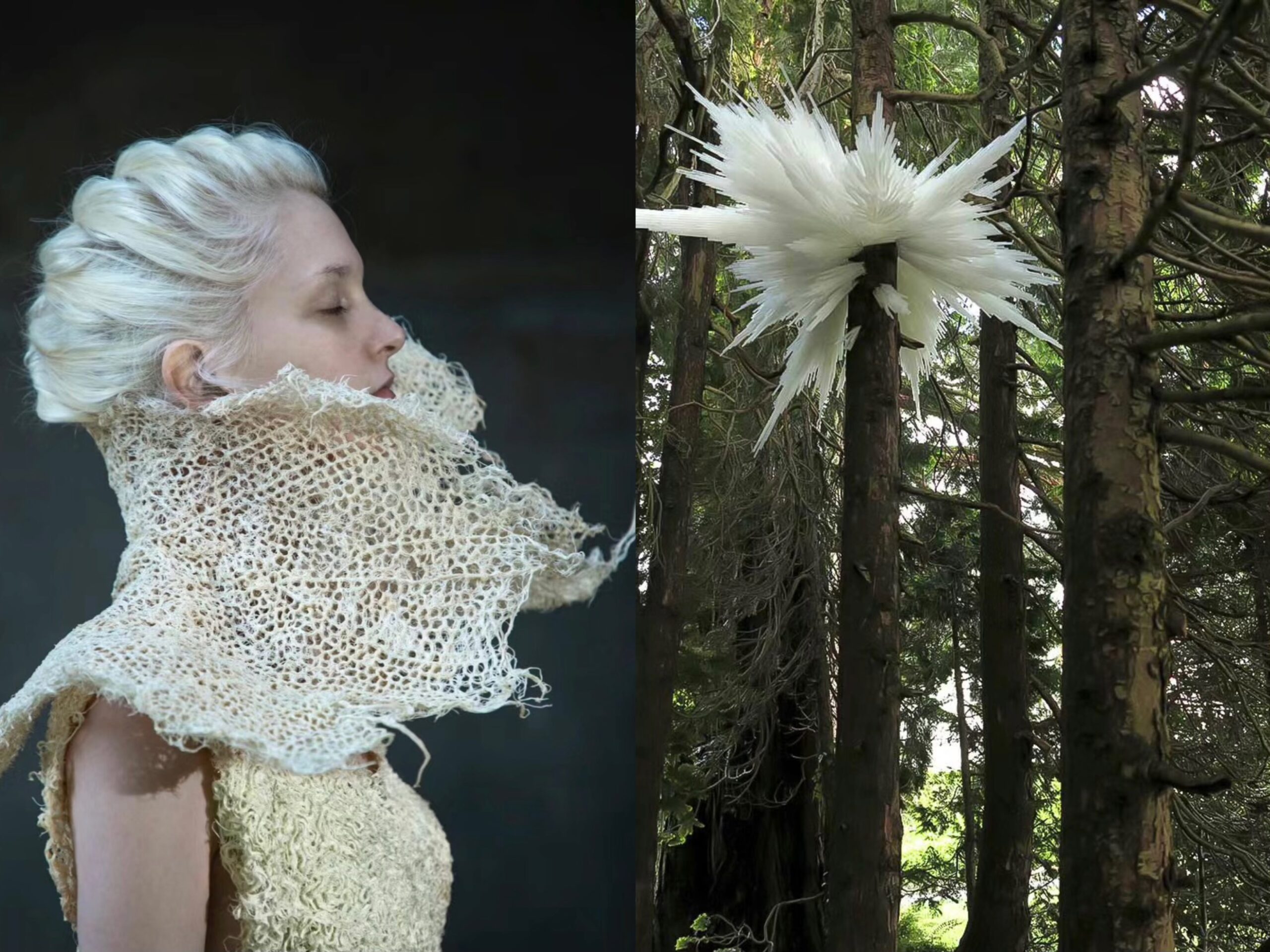Week 2 Blog

In last week’s blog, I referenced Stephanie Kilgast’s work, which I see as a work that communicates its subject matter to the viewer in a more direct way.
And this week, after finishing the LECTURE on the theme of EXPERIENCE and the ENVIRONMENT, I have a new understanding of ENVIRONMENTAL DESIGN.
In ‘Environmental Histories of Design’ – written by design historians Kjetil Fallan and Finn Arne Jorgensen Jorgensen (2017) mention that nowadays the idea of environmental history is starting to become less radical and people are beginning to divide human civilisation and nature shaping in a non-dualistic way, whilst Philippe Descola and Gisli Palsson (2013) also argue that ” Nature is a social construct and conceptualisations of the environment are products of ever-changing historical contexts and cultural specificities.”
Therefore, I believe that human beings are also part of the environmental society, and that they are an important part of the natural environment, and that the shaping of the environment and nature by human beings is a symbiotic relationship that is integrated with each other, and that, as designers, we should pay more attention to the “symbiosis” with nature and the environment.
At the same time, the work of German artist Heiko Blankenstein, whose work “Symbiosis” also gives me this feeling. He creates pyramid shapes out of polystyrene foam and covers them with trees, combining his work with nature and trying to discuss our contemporary understanding of nature through this act.
I think that his work is in some ways a reflection of the influence and shaping of nature by humans, and that the combination of man-made objects and natural trees can reflect a sense of ‘symbiosis’, which I think is a meaningful reference for designers to make.
However, another artist, Zena Holloway, has taken a different approach to the ‘symbiotic’ relationship between humans and nature by treating wheatgrass seeds to create a wide range of organic and renewable fabrics, which she uses to create dresses, collars, lamps and mobile phones.
I think that in contrast to Heiko Blankenstein’s integration of artefacts into the natural environment, Zena Holloway brings nature into human society, allowing it to shape human clothing and life, but in both cases the key word ‘symbiosis’ is embodied.
Therefore, I believe that for designers, “symbiosis” with the natural environment is a theme we all need to think about. Human beings and nature can’t be cut off, and what we need to do is to find a way to co-exist peacefully with nature through design.
REFERENCE
Fallan, K. and Jørgensen, F.A., 2017. Environmental histories of design: towards a new research agenda. Journal of Design History, 30(2), pp.103-121.
Philippe Descola and Gisli Palsson, 2013 [1996]
Heiko Blankenstein personal website: https://www.heikoblankenstein.com
Zena Holloway personal website: https://zenaholloway.com



